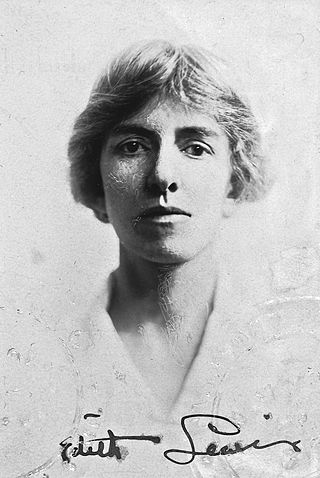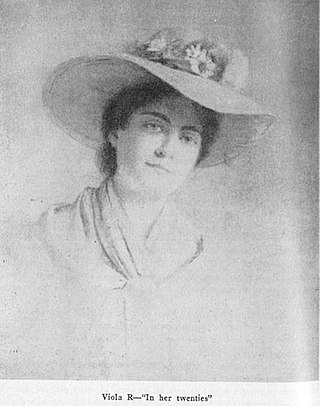Related Research Articles

Willa Sibert Cather was an American writer known for her novels of life on the Great Plains, including O Pioneers!, The Song of the Lark, and My Ántonia. In 1923, she was awarded the Pulitzer Prize for One of Ours, a novel set during World War I.

My Ántonia is a novel published in 1918 by American writer Willa Cather, which is considered one of her best works.

O Pioneers! is a 1913 novel by American author Willa Cather, written while she was living in New York. It was her second published novel. The title is a reference to a poem by Walt Whitman entitled "Pioneers! O Pioneers!" from Leaves of Grass (1855).
"The Sculptor's Funeral" is a short story by Willa Cather. It was first published in McClure's in January 1905.
"Paul's Case" is a short story by Willa Cather. It was first published in McClure's Magazine in 1905 under the title "Paul's Case: A Study in Temperament", which was later shortened. It also appeared in a collection of Cather's stories, The Troll Garden (1905). For many years "Paul's Case" was the only one of her stories that Cather allowed to be anthologized.
"The Burglar's Christmas" is a short story by Willa Cather. It was first published in Home Monthly in 1896 under the pseudonym of Elizabeth L. Seymour, her cousin's name.
"Behind the Singer Tower" is a short story by Willa Cather. It was first published in Collier's in May 1912.
"Ardessa" is a short story by Willa Cather. It was first published in Century in May 1918.
"On the Gulls' Road" is a short story by Willa Cather. It was first published in McClure's in December 1908.
"On the Divide" is a short story by Willa Cather. It was first published in Overland Monthly in January 1896.
"The Count of Crow's Nest" is a short story by Willa Cather. It was first published in Home Monthly in October 1896.
"Eric Hermannson's Soul" is a short story by Willa Cather. It was first published in Cosmopolitan in April 1900.
"Eleanor's House" is a short story by Willa Cather. It was first published in McClure's in October 1907.
"The Profile" is a short story by Willa Cather. It was first published in McClure's in June 1907.
"The Namesake" is a short story by Willa Cather. It was first published in McClure's in March 1907.
"The Garden Lodge" is a short story by Willa Cather. It was first published in The Troll Garden in 1905
"The Diamond Mine" is a short story by Willa Cather. It was first published in McClure's in October 1916.

The Life of Mary Baker G. Eddy and the History of Christian Science (1909) is a highly critical account of the life of Mary Baker Eddy, the founder of Christian Science, and the early history of the Christian Science church in 19th-century New England. It was published as a book in November 1909 in New York by Doubleday, Page & Company. The original byline was that of a journalist, Georgine Milmine, but a 1993 printing of the book declared that novelist Willa Cather was the principal author; however, this assessment has been questioned by more recent scholarship which again identifies Milmine as the primary author, although Cather and others did significant editing. Cather herself usually wrote that she did nothing more than standard copy-editing, but sometimes that she was the primary author.

Edith Lewis was a magazine editor at McClure's Magazine, the managing editor of Every Week Magazine, and an advertising copywriter at J. Walter Thompson. Lewis was Willa Cather's domestic partner and was named executor of Cather's literary estate in Cather's will. After Cather's death, Lewis published a memoir of Cather in 1953 titled Willa Cather Living.

Viola Roseboro' was an American literary editor. She was the fiction editor for McClure's and, later, for Collier's, in which role she discovered several important authors. Ida Tarbell called her a "born reader" and a "reader of real genius".
References
- ↑ Willa Cather's Collected Short Fiction, University of Nebraska Press; Rev Ed edition, 1 Nov 1970, 'Introduction' by Mildred R. Bennett, page xxiv
- ↑ Willa Cather's Collected Short Fiction, University of Nebraska Press; Rev Ed edition, 1 Nov 1970, page 77
- ↑ Giannone, Richard, Music in Willa Cather's Fiction, Lincoln: University of Nebraska Press, 1968, pp. 55-56
- ↑ Brown, E.K., Willa Cather: A Critical Biography, New York: Knopf, 1953, p. 164